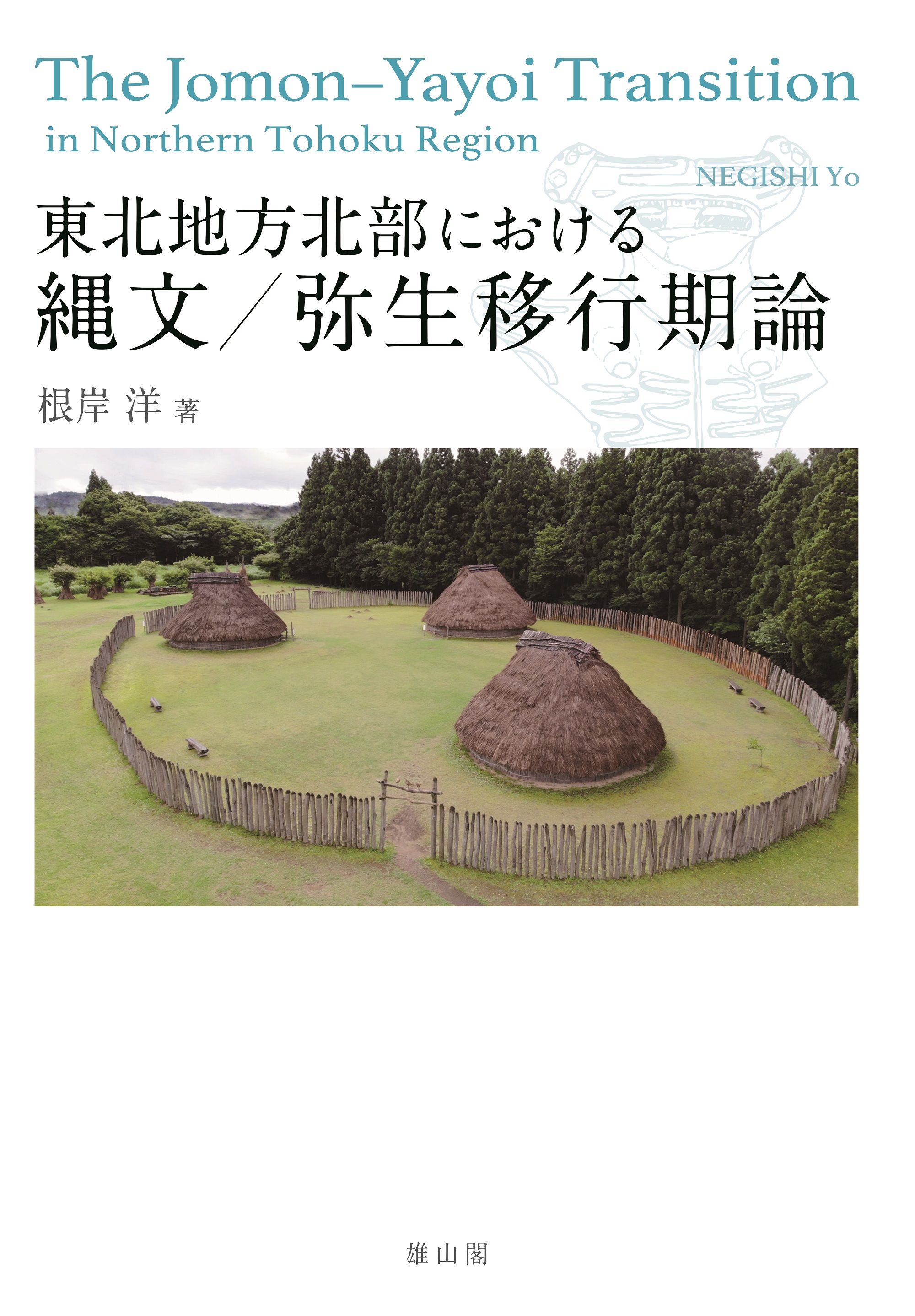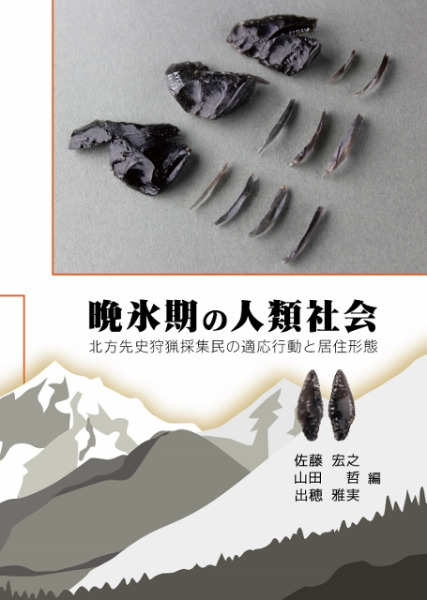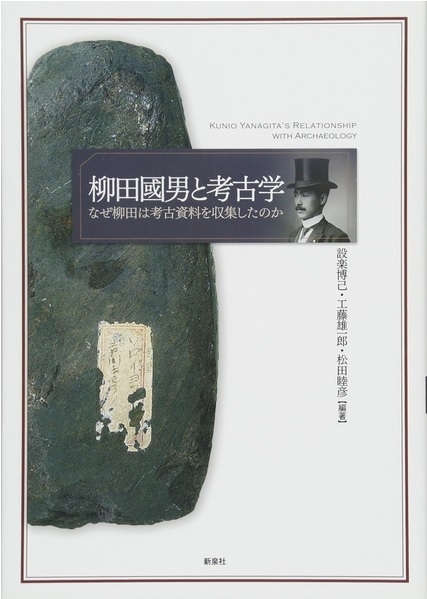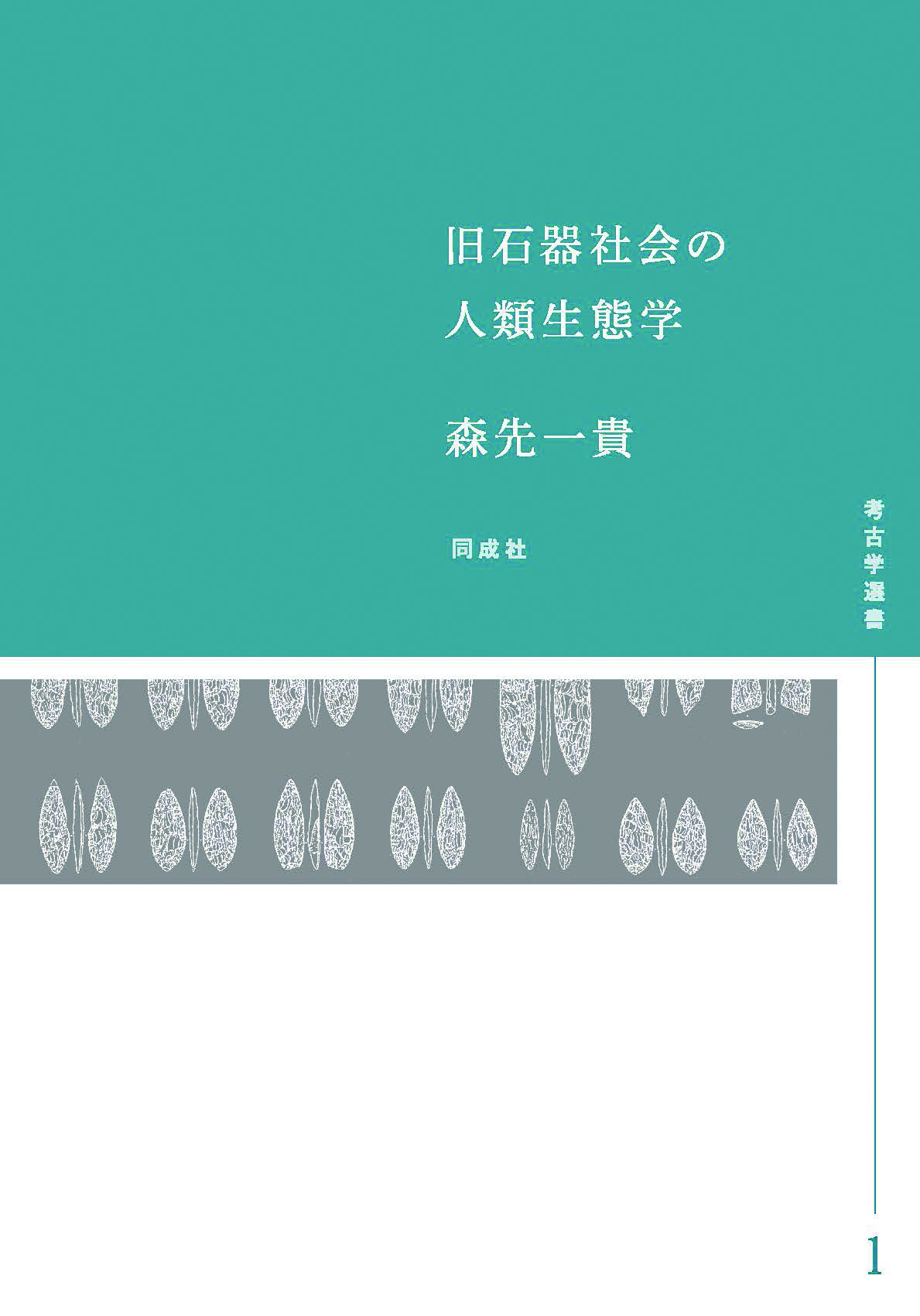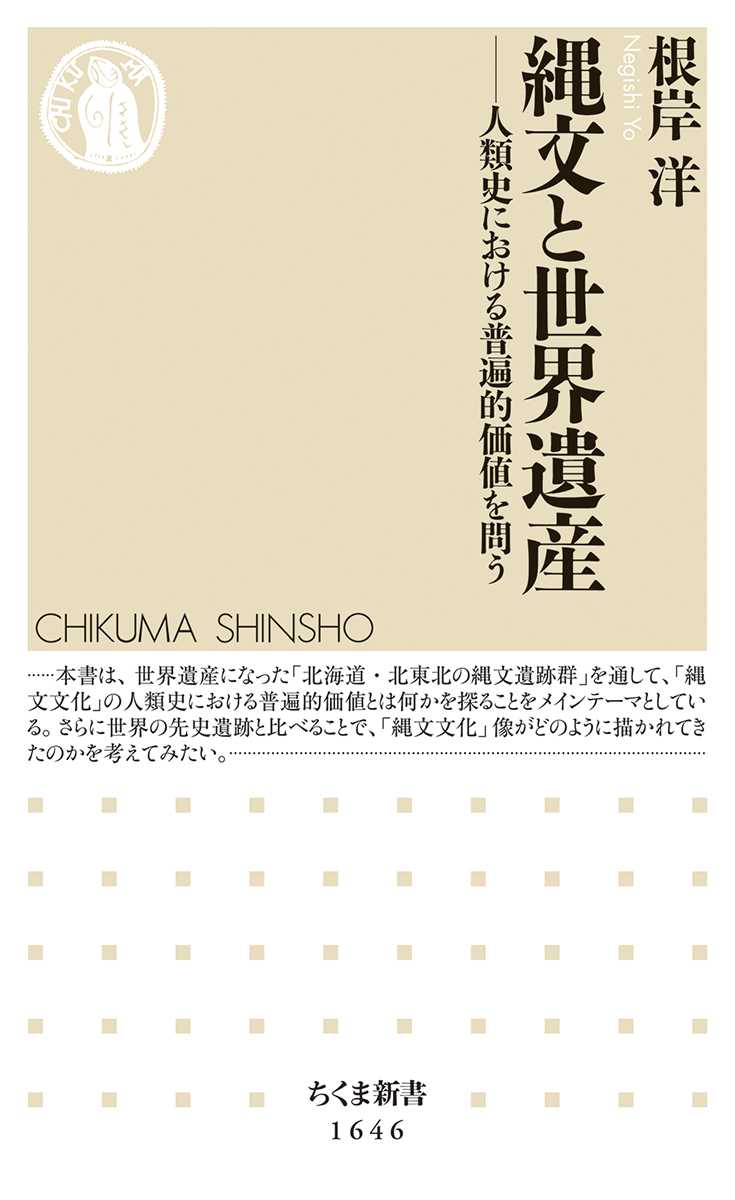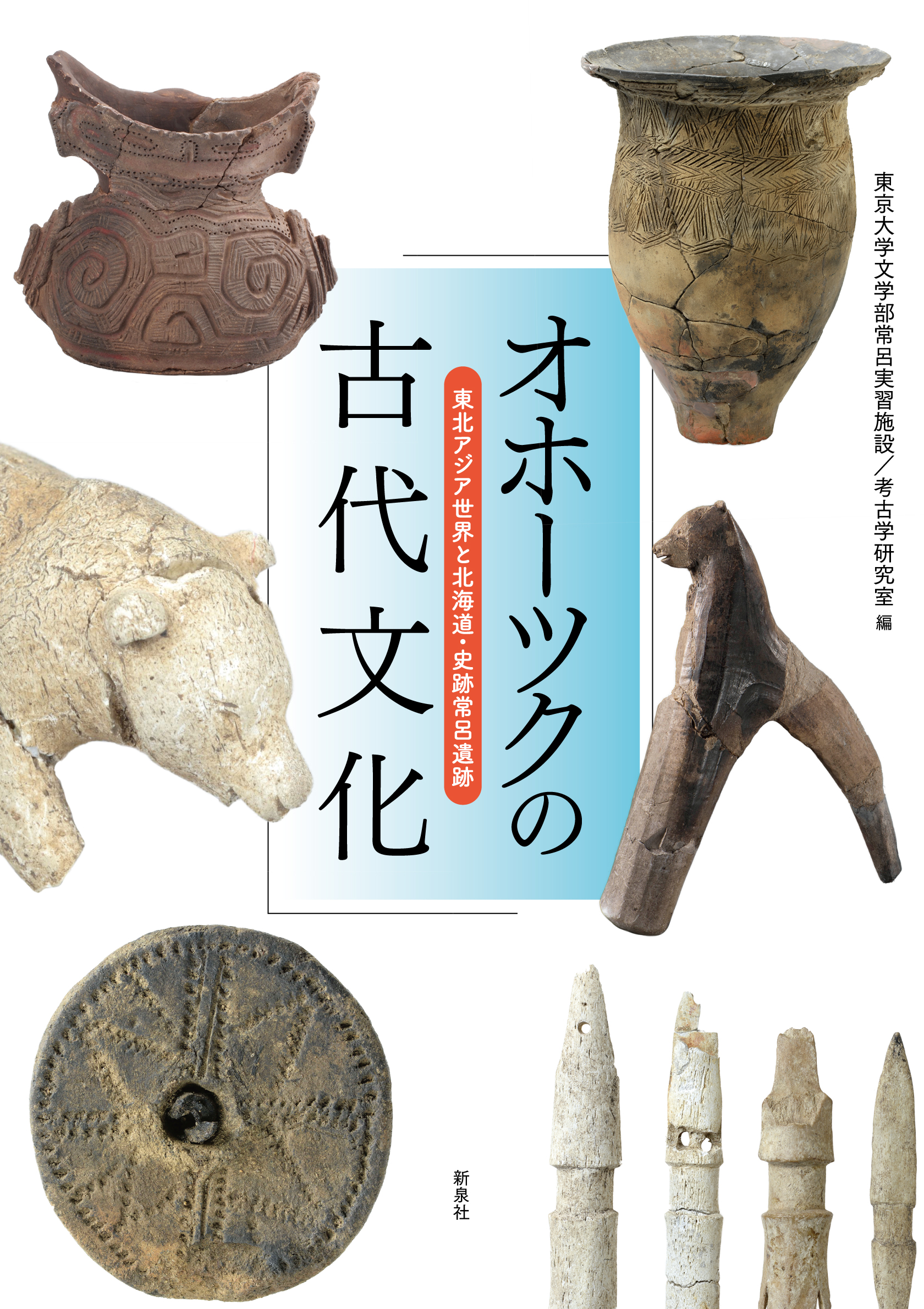
Title
Okhotsk no Kodaibunka (Development of the ancient culture in the Okhotsk region of Hokkaido - The World of Northeast Asia and the Tokoro National Historic Site in Hokkaido)
Size
216 pages, A5 format
Language
Japanese
Released
March 25, 2024
ISBN
978-4-7877-2401-4
Published by
Shinsensha Co., Ltd.
Book Info
See Book Availability at Library
Japanese Page
Tokoro Research Laboratory, an affiliate of the Faculty of Letters at the University of Tokyo, is located on the shores of Lake Saroma, on the Okhotsk coast in Hokkaido. The laboratory offers classes in archaeology and museum studies. In 1957, archaeologists from Tokyo began fieldwork in Tokoro Town (now part of Kitami City). In 1973, the Ministry of Education approved the laboratory’s current structure. To mark its 50th anniversary, a new full-color guidebook was published. It is designed to be useful for both experts and beginners alike. It provides an overview of the history of the Hokkaido Okhotsk region over the past 30,000 years, focusing on the archaeological evidence from the Tokoro National Historic Site that has been explored over the past half a century.
Chapter 1 covers the historical developments from the Late Paleolithic to the Ainu cultures. This region is often overlooked because of its peripheral location within Japan. It is important to note that the archaeological sites have been continuously formed. It should be noted that the diachronic cultural sequence was not unrelated to the history of the surrounding areas. However, it has always shown its own characteristics. The history of Japan can be described as a series of diverse regional histories: Hokkaido has been valued for its uniqueness and/or northern characteristics. On the other hand, Eastern Hokkaido, which faces the Okhotsk Sea, has a stronger regional identity than other regions of Hokkaido. For more details on the images and their backgrounds, see the columns on the major themes of each era.
Chapter 2 expands the scope of the discussion to include the Asian continent. Archaeological sites in the Hokkaido Okhotsk region often yield artifacts originating from the continent. In particular, the Okhotsk archaeological culture (5th to 12th centuries) has been considered as an indicator that provides concrete evidence of the movement of people or goods from the Mohe (靺鞨) group in the continental interior to Hokkaido via Sakhalin Island. We need to know whether such a phenomenon was a common occurrence throughout human history, or whether the route can be defined as a “single path” along the Amur River, one of the world’s major waterways. International joint research, high-precision dating, and reconstruction of past climates and environments are advancing rapidly. This chapter provides an overview of current studies and offers insights into ongoing research. We also hope that you will see that there are still some research issues and barriers in modern society that need to be overcome in order to accurately capture the prehistoric culture without being constrained by today’s national borders.
Chapters 3 and 4 provide an overview of the Laboratory’s past activities and the results of its long-standing cooperation and collaboration with local communities. Community-based activity over half a century has not been copied from successful examples from elsewhere. It has changed over time to meet new social demands and local needs. The challenges of its practice will help us understand community collaboration and social contribution through cultural resources, which have attracted much attention in recent years.
Archaeology is a field of study that deals with even the most inconspicuous fragments. It is sometimes difficult to grasp the value of discoveries without a physical examination. Some of Tokoro’s classes are open to all university students, and we encourage you to participate.
(Written by FUKUDA Masahiro, Associate Professor, Graduate School of Humanities and Sociology / 2024)
Related Info
https://www.l.u-tokyo.ac.jp/tokoro/
https://www.l.u-tokyo.ac.jp/eng/laboratory/institution/2.html



 Find a book
Find a book



